Intelligent Public Transportation
Intelligent public transportation solutions represent a pivotal evolution in urban mobility, integrating innovative technologies and data-driven strategies to optimize transit systems. At the forefront of this transformation is the convergence of smart infrastructure, advanced analytics, and user-centric services, aimed at enhancing efficiency, sustainability, and convenience within urban landscapes.
Central to these solutions is the utilization of real-time data and IoT (Internet of Things) devices. Sensors embedded in vehicles, stations, and infrastructure gather a wealth of information, including passenger counts, traffic patterns, and vehicle performance. This data is then processed through sophisticated algorithms, enabling transit agencies to dynamically adjust routes, schedules, and services. For commuters, this translates to reduced wait times, smoother travel experiences, and improved accessibility.
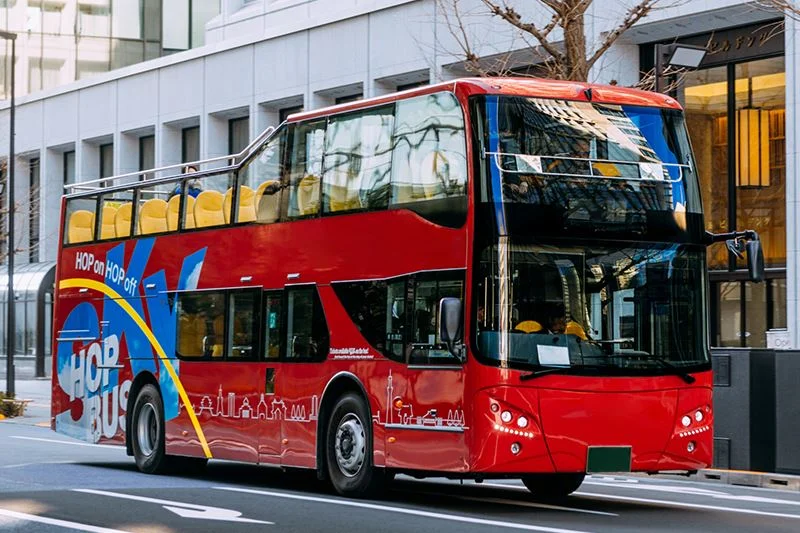
Machine learning and AI-driven algorithms play a pivotal role in predictive analysis and demand forecasting. By analyzing historical data and real-time inputs, these systems can anticipate peak hours, identify potential bottlenecks, and suggest optimized routes. This proactive approach not only enhances operational efficiency but also enables proactive maintenance, ensuring the reliability and safety of public transportation networks.
Integrated ticketing and payment systems represent another cornerstone of intelligent public transportation. Contactless payments, mobile ticketing apps, and unified fare structures streamline the passenger experience, eliminating the hassle of multiple tickets for different modes of transit. Additionally, seamless integration with ride-sharing services and alternative transportation options promotes a multimodal approach, offering commuters flexible and comprehensive travel solutions.
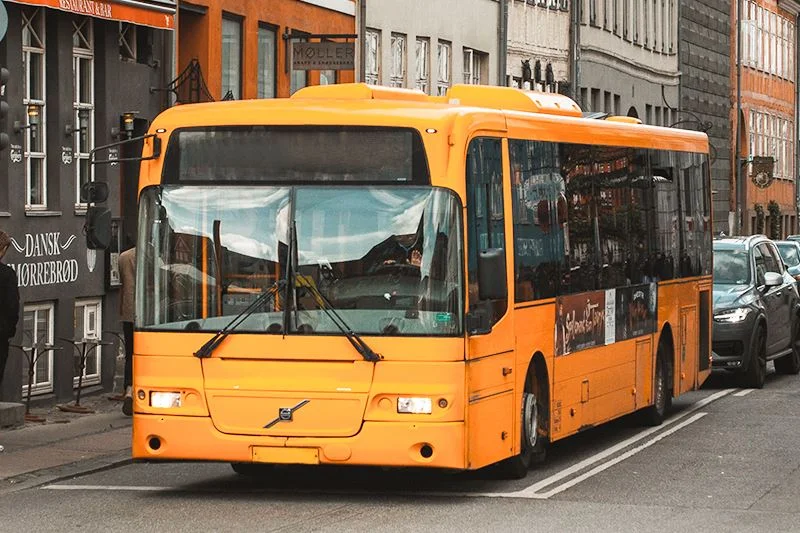
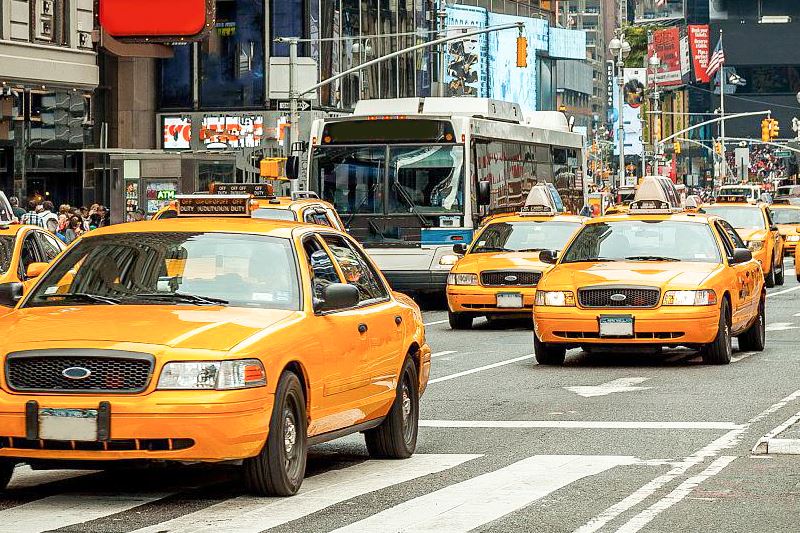
The concept of smart transit hubs further complements these advancements. These hubs serve as multifunctional centers equipped with amenities, real-time information displays, and connectivity services. They act as intermodal connectors, seamlessly linking various modes of transportation, including buses, coaches, taxis, trams, trains, and even autonomous shuttles. Moreover, they serve as data hubs, providing commuters with up-to-date information on routes, schedules, and available services.
The overarching goal of intelligent public transportation solutions transcends mere efficiency; it embraces sustainability and inclusivity. By optimizing transit operations, reducing congestion, and promoting eco-friendly modes of travel, these solutions contribute significantly to environmental preservation. Furthermore, the emphasis on accessibility ensures that public transit remains an inclusive and equitable mode of transportation, catering to diverse needs within communities.
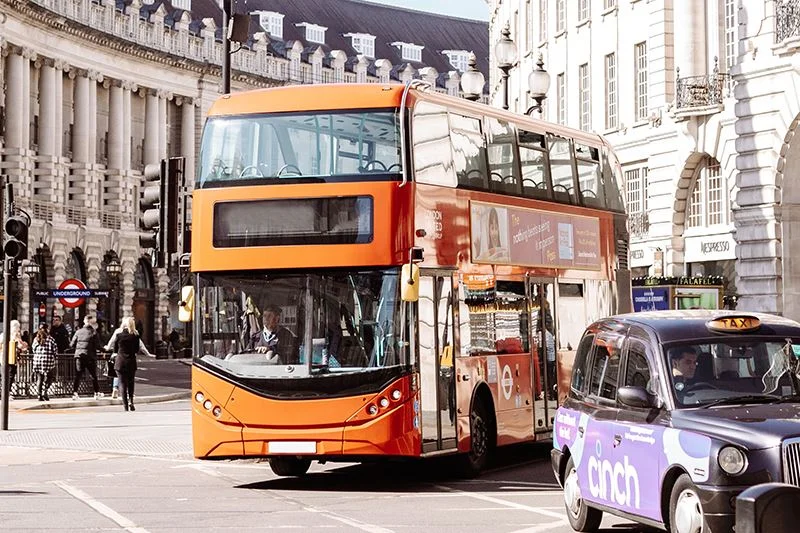
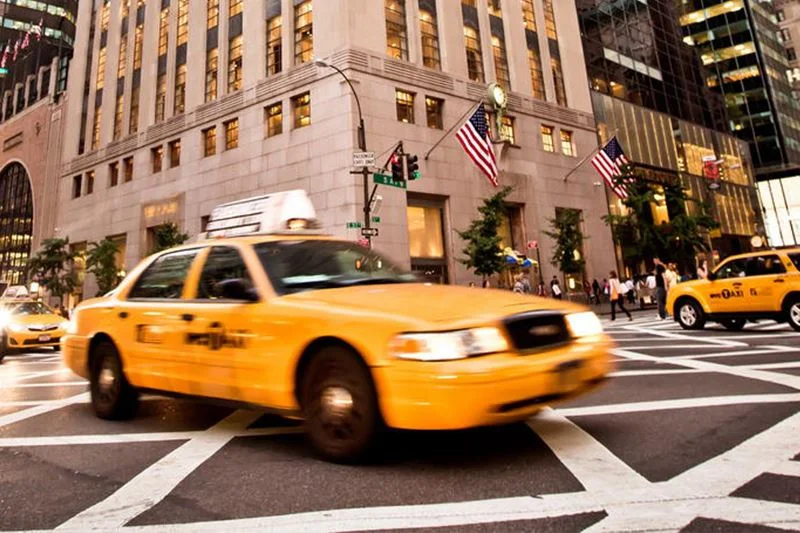
In conclusion, intelligent public transportation solutions herald a new era of urban mobility, revolutionizing the way people navigate cities. Through the integration of cutting-edge technologies, data-driven strategies, and a user-centric approach, these solutions redefine the efficiency, sustainability, and accessibility of transit systems, promising a future where seamless, interconnected, and environmentally conscious travel is a norm rather than an exception.